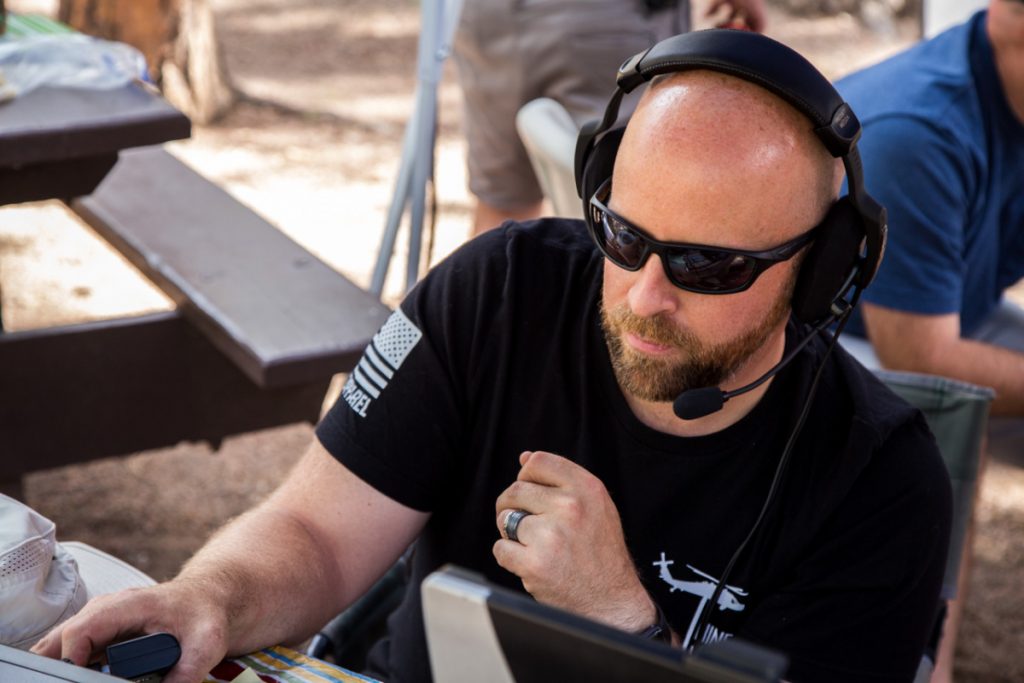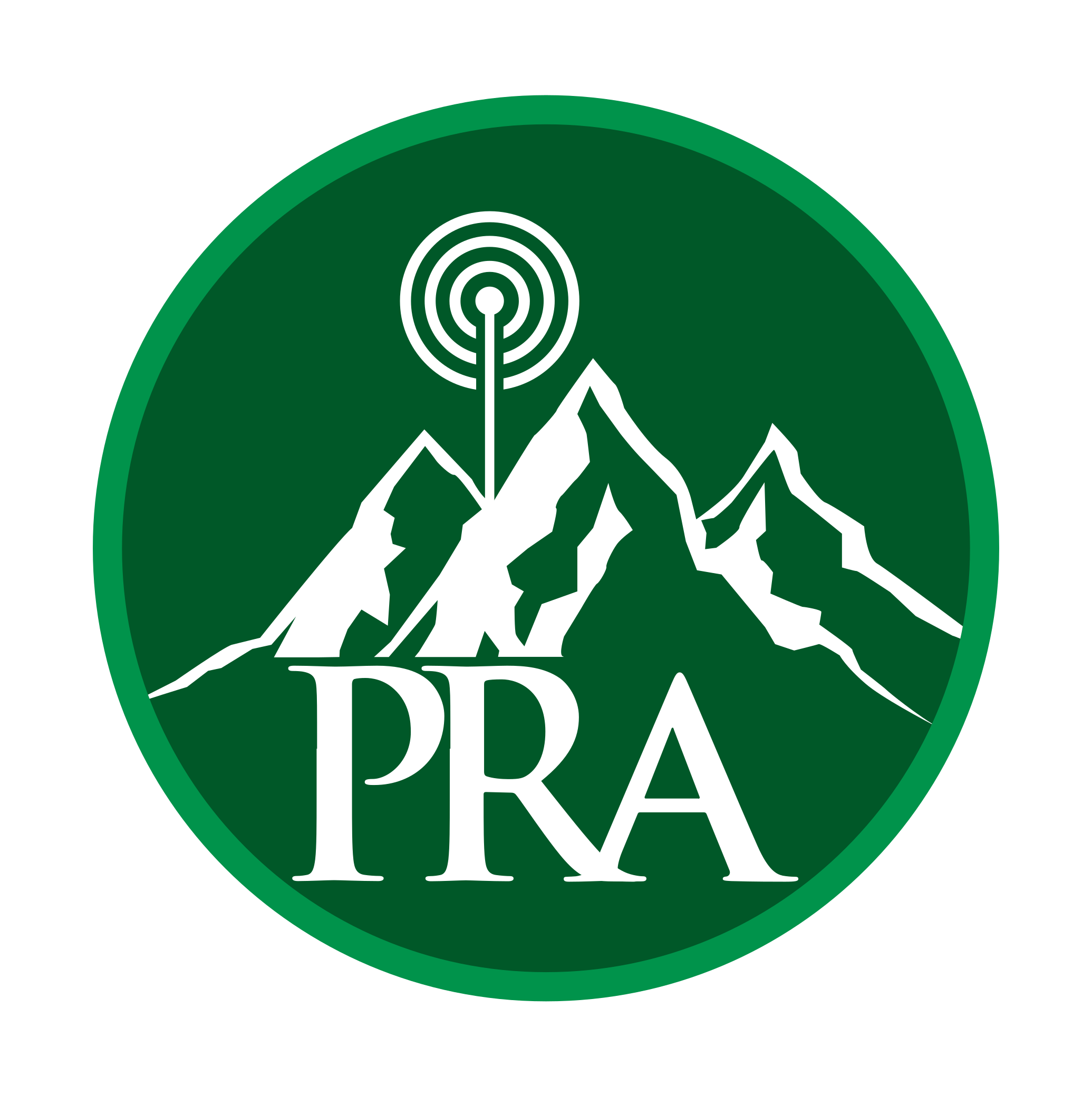
A Monthly Update from the President’s Shack
If there was one book that I would love to get an original copy, it would be Clinton B. DeSoto’s 1941 classic, CALLING CQ. In the day and age of the internet, there is so much information at our fingertips. I happened to stumble across DeSoto’s work a few years ago. For a book that was written nearly 80-years ago, nearly everything he writes not only remains true today, but proves the excellent health of amateur radio. Do we have some areas to work on? You bet. The Parker Radio Association will perpetually work at “Having Fun, Playing Radio, and Keeping the Squelch Loose.” As I read the following excerpt from DeSoto’s book, I wonder if his ham radio club was like the PRA? I have a feeling it was pretty close.
Excerpted from the 1941 classic, CALLING CQ, written by Clinton B. DeSoto
ACCORDING to the official definition, amateur radio is “radio communication between amateur stations solely with a personal aim and without pecuniary interest.” A comparable definition might describe a diamond as a “carboniferous solid.” Yet, properly mounted, a diamond is a many-faceted gem of dazzling beauty. Amateur radio, too, has many facets.
This is one facet of amateur radio: it is a hobby. “The ordinary life of the ordinary man from whence spring the great majority of hams is a dull, drab and somewhat dreary struggle,” according to one amateur. “Psychologists tell us that periodically one should drop his work for awhile and try something else, that if it be interesting enough one will usually return with renewed interest and zest.” Then this amateur, a successful professional man, continues: “Amateur radio is my hobby. In its pursuit I find the balm of Gilead.”
He might have added that amateur radio is unique among hobbies in that it is the only one established by federal statute and international treaty, the only one whose practice is limited to qualified, licensed practitioners. This is another facet of amateur radio: it is a means of self-expression.
“Being an amateur gives me the chance to meet people I would otherwise never meet,” says one. “That’s part of it. There’s more to it than that though. If I build a new amplifier or something and make it work I feel that I’m creating something. When I hook up a rig I’ve just finished and I push the key and a fellow in the next state answers me–all this with things I have made with my own hands–why, then I feel like I have accomplished something sort of worthwhile.”
Another describes his facet thus: “I have radio pals in all sorts of odd corners of the world whose signals come whispering to me through the night … out of the jungles of the Congo … from the tiger-infested districts of Malaya … from the interior of Dutch Borneo … from mountain tea estates of Java and India … from the elephant and lion country of Rhodesia, from the burning sands of Iraq…. We wander over the face of this little old world like a bug on an orange.” There are other facets, too: public service by providing emergency communication in the time of disaster, radio contact with expeditions to remote places, experimentation and research, and many other activities that combine to make amateur radio truly “all things to all men.”
Radio amateurs live in a world of their own–a magic world not open to everyone. The “Open Sesame” that lifts its portals is the possession of amateur-operator and station licenses issued by the Federal Communications Commission. The applicant for such licenses must pass a stringent examination at one of the district offices of the Commission, demonstrating his technical qualifications, his knowledge of radio theory and law and his ability to send and receive the International Morse code. He must first spend hours burning midnight oil, acquiring the rudiments of an engineering knowledge of radio theory. He must practice for seemingly endless weeks until the meaningless string of dots and dashes becomes an intelligible language. He must learn the regulations of the F.C.C. and the provisions of basic communications law, because all radio–including the amateur brand–is a closely regulated enterprise.
The neophyte does not metamorphose easily into the full-fledged amateur. But when he does leave his chrysalis a new world is opened up to him. First he gets a new name–his radio call letters. Thenceforth he has a new identity–even a new personality and new social status.
He finds amateur radio “the means of communications with others on equal terms, of finding friendship, adventure and prestige while seated at one’s own fireside,” according to Dr Raymond V. Bowers. “In picking his human contacts out of the air, the amateur is not seen by them…. He is not known by the company he keeps nor by the clothes he wears, but by the signal he emits.
He enters a new world whose qualifications for success are within his reach. A good homemade set gives him more prestige than a commercially manufactured one. There are no century-old class prejudices to impede his progress. He enters a thoroughly democratic world where he rises or falls by his own efforts. When he is W9XYZ the beginner the radio elders help him willingly and when he becomes W9XYZ the record breaker and efficient traffic handler he willingly helps the younger generation. Without a pedigree, a chauffeur or an old master decorating his living room he can become a prince–of the air. At the close of the day, filled with the monotonous routine of the machine age, he can find adventure, vicarious travel, prestige and friendship by throwing in the switch and pounding his signals into the air.”
His equipment may be of the most elementary kind, and his complete station may cost less than fifty dollars. Yet with such an outfit–with perhaps ten or twenty watts’ power–he can accomplish as much as his operating skills will permit. One amateur in New South Wales, Australia, for example, talked with each of the six continents with a ten-watt transmitter. Another amateur, in Columbus, Ohio, communicated by code with South Africa, Australia and New Zealand–halfway around the world–using only one-half watt of power.
On the other hand, he may have high-powered, completely automatic transmitters rivaling or excelling those of a large broadcasting station and costing many thousands of dollars. A Mexico City amateur is reputed to have spent fifty thousand dollars on his station; another, in San Francisco, is said to have invested over one hundred thousand dollars.
But the enjoyment of amateur radio is not measured in dollars or even in elaborate equipment. It is rather measured by such gauges as service, self-expression, a sense of personal accomplishment.
Friendship is such a gauge too. Even the shyest, most introspective soul will respond to a proffer like this: “Well, old man, let’s know each other better. I’m thirty-nine years old. I own a garage in this sleepy Arizona town of five hundred people. I also do electric welding. I have three children. What do you do?–and how old are you?”
The Chicago dentist whose CQ he had answered responded in kind, and between the Chicagoan and the Arizona garage owner there sprang up a strong friendship. Such contacts occur constantly in amateur radio; the community of the air is a friendly one. And, lest those contacts become ordinary and commonplace, coupled with them is the element of unpredictability. The next amateur “worked” may be a grocery clerk or a retired banker or a housewife or a rancher or a film star or physician.
Fraternalism … good fellowship … ingenuity … public service … the power to annihilate distance and bring oneself closer to mankind throughout the world … the ability to build and create and put the products of one’s hands to work to overcome the miles and hours … thrills and sport and adventure….
That’s what amateur radio is like.
Bottom line, I think DeSoto would have fit in really well with the PRA and likely would have taught us a few things.
73,
Dan – N2SRK
President
Parker Radio Association
